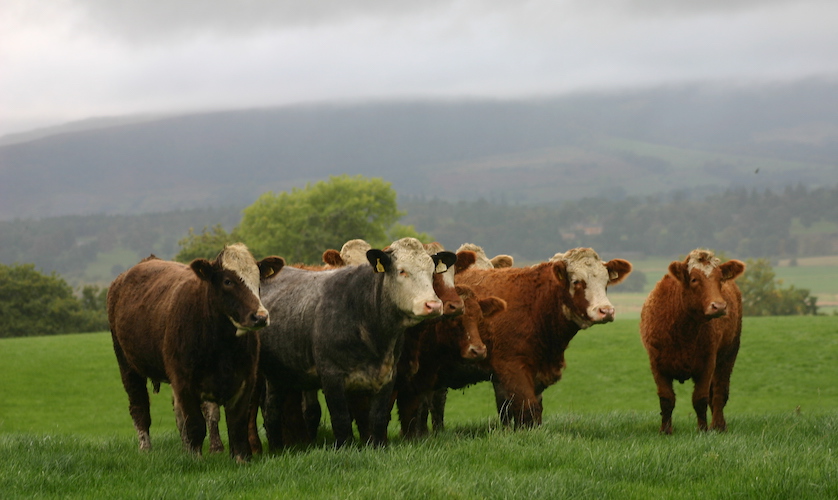“Still more work to do” on availability of Scottish red meat
The Scottish Red Meat Resilience Group has called for greater opportunity to work with the public sector and providers of red meat in Scotland to increase the availability of locally-sourced red meat.

The Scottish Red Meat Resilience Group is chaired by Quality Meat Scotland, and consists of representation from organisations such as NFU Scotland, Scottish Association of Meat Wholesalers, Scottish Craft Butchers, and Scottish Beef Association.
The Group commissioned a position paper to be developed, stating that “the procurement of Scottish Red Meat by public sector organisations [is] a key developmental priority for the sector.”
The paper acknowledged the current methods of applying to supply red meat to public sector bodies and recognised the work that has been done to both increase the availability of locally-sourced red meat and to streamline the procurement processes.
There is “still more work to do,” the Group stated, adding that it would welcome the opportunity to work with the public sector and the providers of red meat in Scotland to achieve the following aims:
- Establishment of one framework for all public procurement
- Streamline the procurement process, to enable locally produced Quality Assured products to compete on a level playing field with imported products
- Enable Scottish people to have the opportunity to eat locally sourced Quality Assured red meat, when in any public sector building or attending any public sector event
- Build on the industry’s reputation as a land of food and drink and enable the whole population to partake in high-quality, locally produced Quality Assured meat products
- Promote to all consumers of food provided or purchased the provenance of their food and the quality assurance credentials that make up the “Scotch” difference.
A series of actions to achieve these aims has been laid out by the Group, including recommendations to analyse public spending on red meat products, seek additional investment in budgets for public food, and explore the potential of integrated supply chains to enable local producers and smaller suppliers to fulfil contracts.

 Simply the best at the Meat Management Industry Awards 2021
Simply the best at the Meat Management Industry Awards 2021 Morrisons agrees to increased £6.7bn takeover bid from Fortress
Morrisons agrees to increased £6.7bn takeover bid from Fortress
